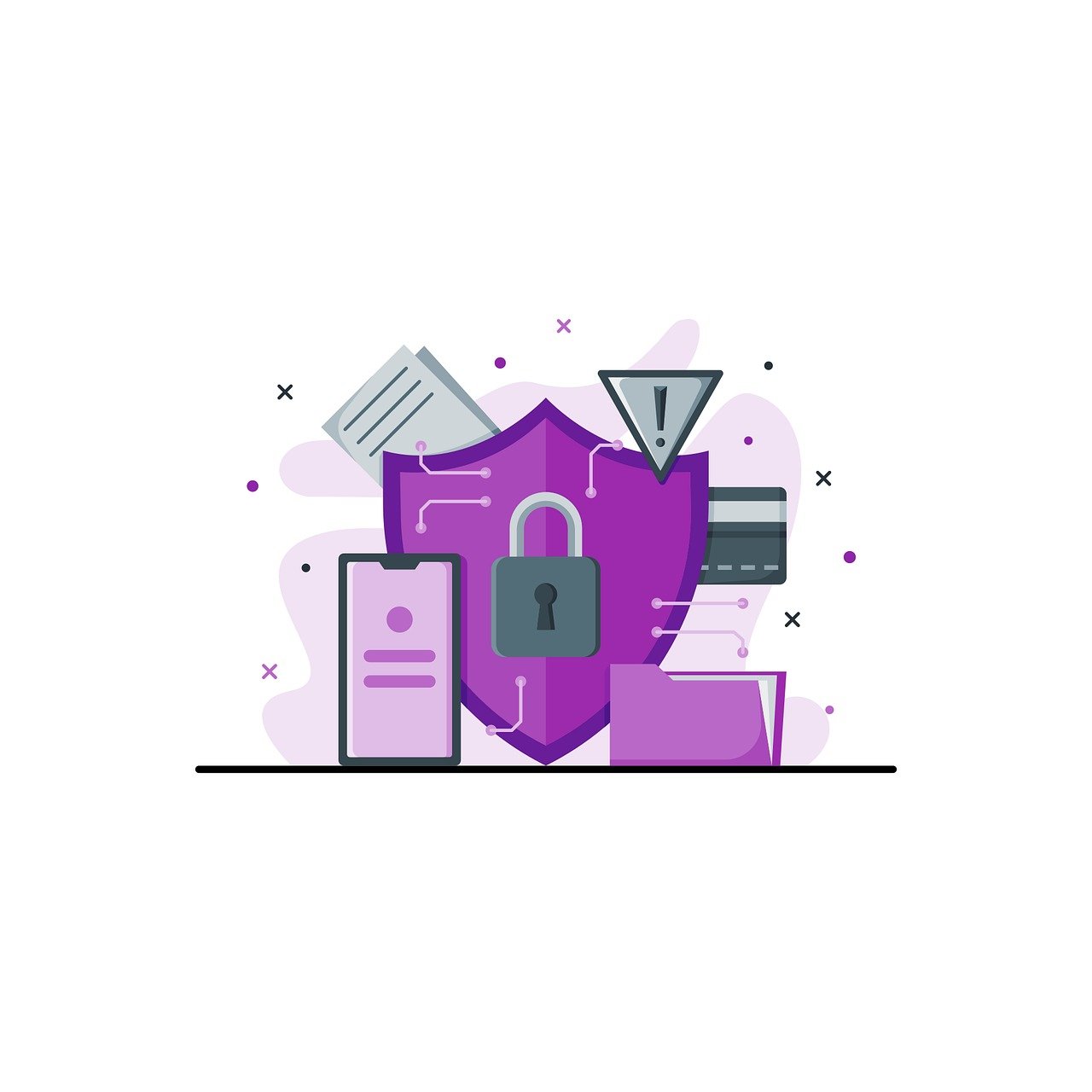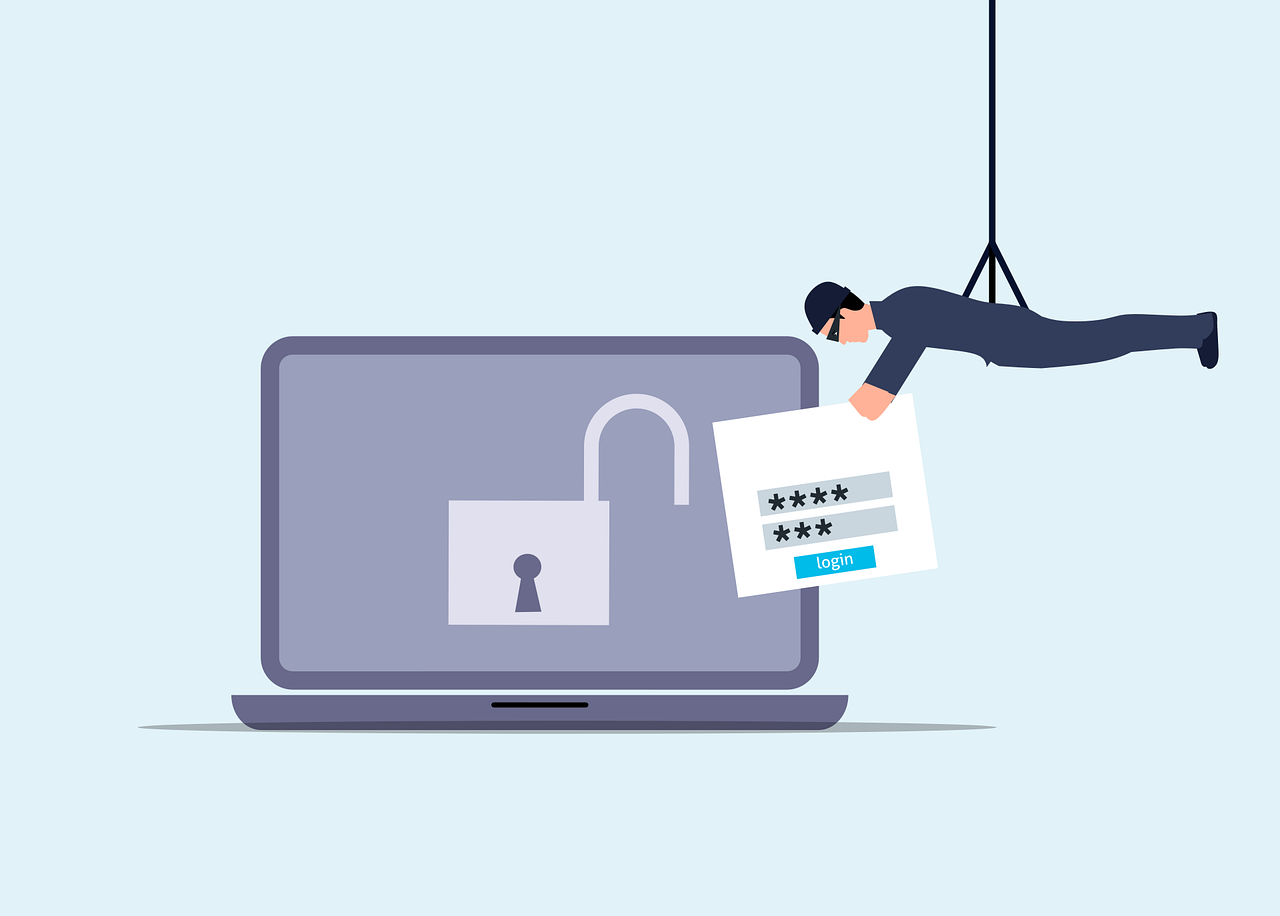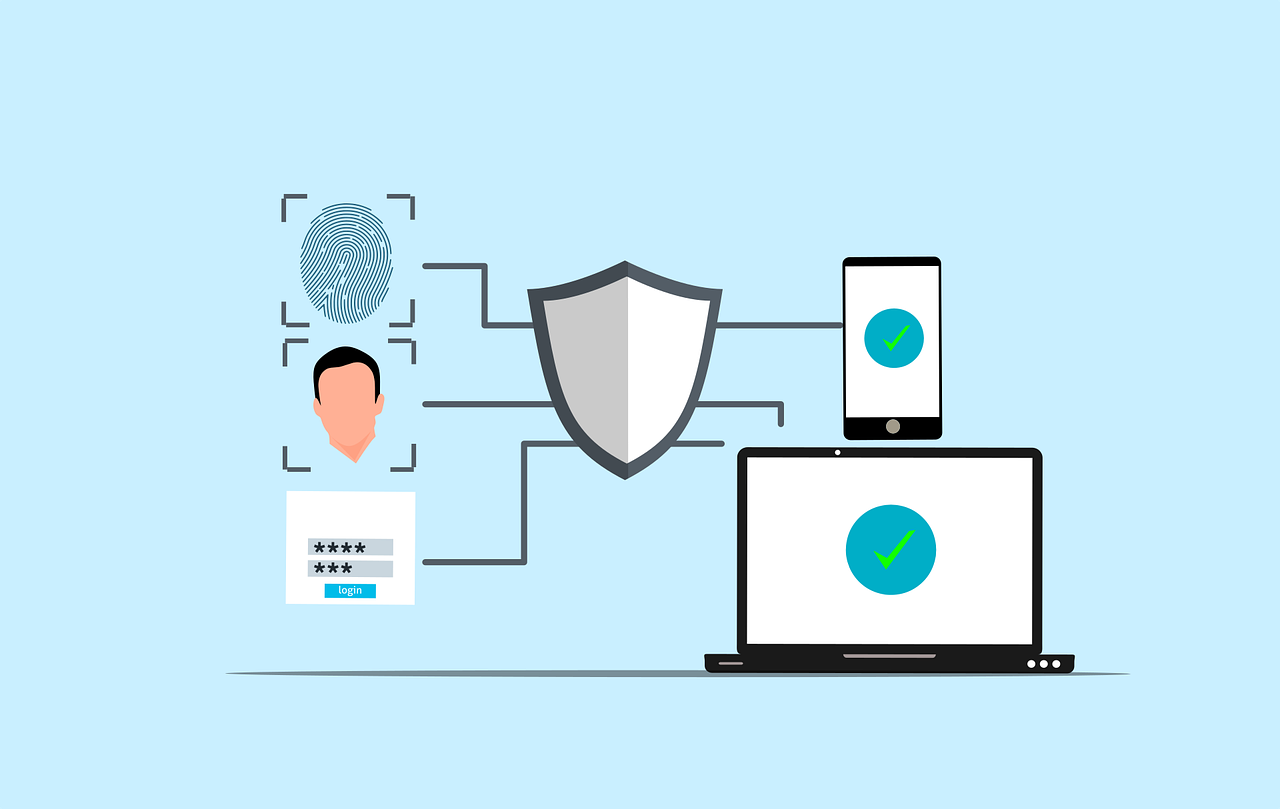In today’s digital landscape, malware isn’t just a nuisance, it’s a serious, evolving threat that can cause significant harm to individuals, businesses, and even critical infrastructure. Cybercriminals are constantly refining their techniques to stay one step ahead of security defenses. As technology evolves, so do the tactics used to exploit it.
In this article, we’ll explore seven of the newest and trickiest forms of malware causing trouble in 2025. Understanding these threats is the first step in protecting yourself and your data.
1. Polymorphic Malware: Constantly Changing, Always Dangerous
Polymorphic malware is a master of disguise. Each time it replicates, it alters its underlying code to evade detection. Traditional antivirus programs, which rely on identifying consistent patterns or signatures, struggle to keep up with these shape-shifting threats.
At its core, polymorphic malware contains two parts:
- An encrypted virus body, which changes constantly
- A static decryption routine, which decrypts the virus body at runtime
Although the decryption mechanism remains the same (and is therefore a possible detection point), the ever-changing code makes this malware extremely difficult to catch. Cybercriminals often employ advanced obfuscation techniques like dead-code insertion, subroutine reordering, and instruction substitution to further throw off security tools.
Polymorphic malware has been linked to large-scale, fast-spreading attacks that outpace traditional defenses. Combating it requires behavioral analysis and machine learning-based detection rather than old-school signature scanning.
2. Fileless Malware: Attacks That Leave No Trace
Unlike traditional malware, fileless malware doesn’t need to be installed on your system in the form of a file. Instead, it operates entirely in-memory, leveraging trusted system tools like PowerShell or Windows Management Instrumentation (WMI) to execute malicious actions.
These attacks often begin with a phishing email. Once triggered, the malware runs directly in the computer’s RAM, avoiding storage drives and antivirus scans altogether. From there, it may connect to a remote command-and-control server, download additional payloads, or even move laterally across networks.
Why it matters: Fileless malware is particularly difficult to detect and can remain active as long as the system is running. This makes it a favorite among sophisticated threat actors, especially in corporate espionage or stealthy data breaches.
3. Advanced Ransomware: Hijacking Your Data — and Your Reputation
Ransomware has grown more dangerous in recent years. Modern strains don’t just encrypt data, they often exfiltrate sensitive information first. If victims refuse to pay, the attackers threaten to leak the stolen data online, adding a second layer of blackmail.
Some ransomware campaigns now target entire networks, including hospitals, government agencies, and industrial systems. These attacks can halt operations, affect patient care, and cost millions to recover from.
Ransomware-as-a-Service (RaaS) is also booming, where criminal developers lease ransomware kits to affiliates. This means even attackers without technical skills can now launch devastating attacks, further widening the threat landscape.
4. Social Engineering Malware: You’re the Weak Link
Not all cyberattacks rely on technical vulnerabilities, some rely on human error. Social engineering malware manipulates users into trusting malicious emails, websites, or downloads by disguising them as legitimate.
The attack process usually includes:
- Reconnaissance – gathering information about the target
- Engagement – establishing contact, often by pretending to be someone trustworthy
- Manipulation – convincing the target to take an action (e.g., clicking a link)
- Execution – malware is installed or sensitive data is stolen
Phishing emails, fake customer support calls, and counterfeit websites are all common delivery methods. The best defense here is user awareness and ongoing cybersecurity training.
5. Spyware: Silent Data Thief
Spyware lurks in the background, quietly collecting information without your knowledge. It might log your keystrokes, capture screen activity, or track browsing behavior. The stolen data, such as passwords, financial information, or location history, is then sent back to attackers.
Spyware often sneaks in through:
- Bundled software downloads
- Infected email attachments
- Fake browser extensions
- Malicious ads (malvertising)
Not only does spyware violate privacy, it also slows down systems and can lead to identity theft. Combatting it requires frequent updates, permission-aware app installations, and strong endpoint protection.
6. Trojan Malware: Hidden Dangers
Trojans masquerade as legitimate software, a harmless game, a fake invoice, or even a security update. Once you run them, though, they open the door for other malware to enter or start stealing information themselves.
Unlike viruses or worms, Trojans don’t self-replicate, so they depend on tricking the user. That’s why phishing scams remain one of their favorite delivery methods.
Some common Trojan types include:
- Backdoor Trojans – create remote access for hackers
- Banking Trojans – steal financial credentials
- Downloader Trojans – pull in more malware after the initial infection
Even vigilant users can fall victim, which is why zero-trust security models and advanced email filtering are key lines of defense.
Protect Yourself from Malware
Today’s malware is more sophisticated than ever, but so are the tools available to fight it! Here’s how to boost your protection:
- Use advanced antivirus and anti-malware solutions that go beyond signature-based detection
- Regularly update your software and operating systems to patch known vulnerabilities
- Avoid clicking on suspicious links or downloading unknown attachments
- Use multi-factor authentication (MFA) on all important accounts
- Back up your data regularly in case of ransomware attacks
- Educate yourself and your team about the latest cyber threats
Cybersecurity is a constant game of cat-and-mouse. But by staying informed and adopting strong digital hygiene, you can stay a step ahead of today’s most cunning malware threats.
Need help defending your business or personal data? Contact us today to discuss customized security solutions that protect what matters most.




Scott Dollar
Timely blog post. I had a friend call on Friday with a compromised O365 family account. All content had been stolen, emails, files, pictures etc. a whole lot of no bueno!